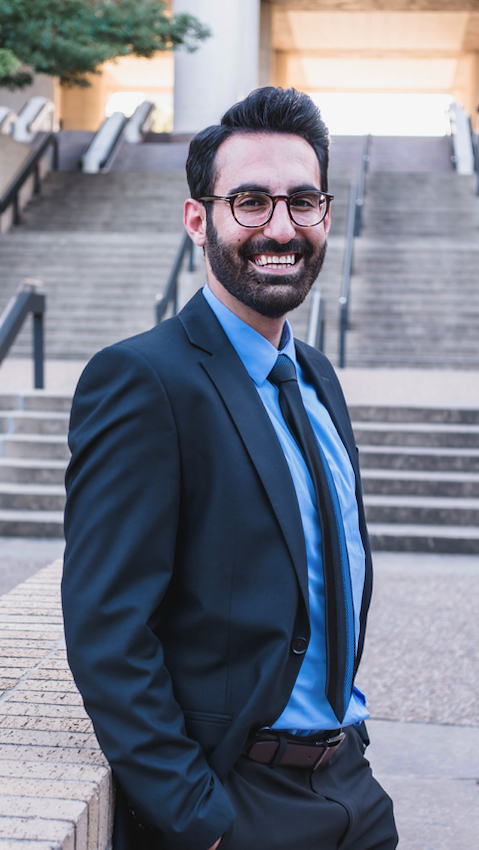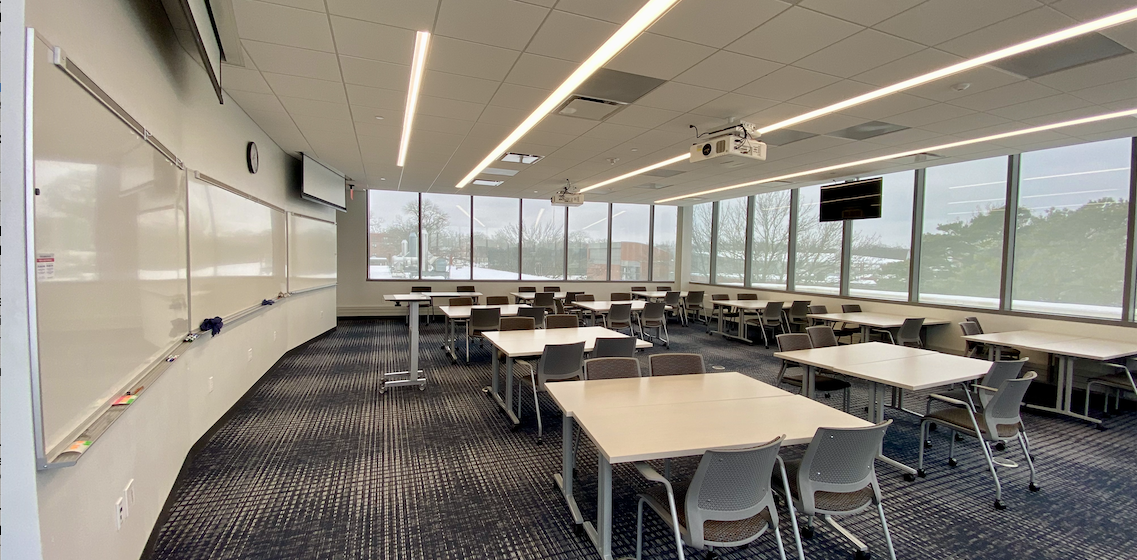To adapt his calculus class to remote teaching, the first thing Assistant Professor of Mathematics Enes Akbuga did was listen to his students.

assistant professor of mathematics
“I prepared an online survey to ask students their preferences on instruction type—whether instruction should be in a live session or prerecorded so students could watch it on their own time,” Akbuga said.
Akbuga also asked their preference on communication methods and learned if they had access to personal computers and the internet. After gathering the survey results, Akbuga designed a course that allowed his students to learn both in a live class and on their own time. He recorded lecture videos and prepared online class handouts before each live session.
“A particular student made me happy one day when she connected to a live class while in a drive-through lane on her lunch break from work,” Akbuga said. “I obviously knew she wasn’t working on the handout at that moment, but I just thought it was amazing that she still wanted to be part of the group. As a teacher, I really appreciated that.”
Calculus is a challenging subject for students, and with the additional hurdle of remote learning, Akbuga felt it was important to be flexible.
“I believe a learning environment should be shaped by professors and students,” Akbuga said. “Both should have power in decision-making.”
To read more about Akbuga’s and his students’ transition to remote learning, read a reflection the professor shared on his personal website.


